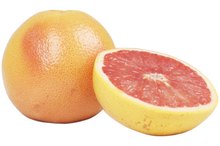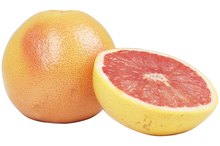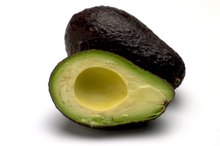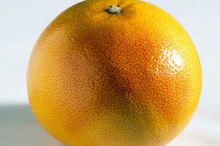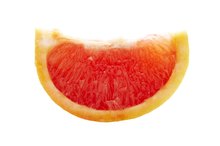Is Taking an Antibiotic and Eating Fruit Safe?
Antibiotics are routinely prescribed to treat infections, and the kind your physician prescribes depends on the type of germ that’s likely to have caused your condition 1. It’s important to take your antibiotic exactly as instructed. This may include avoiding certain food-drug interactions, some of which involve fruits 3. If you're unsure about whether you can consume fruit or fruit juice with your medication, check with your doctor or a pharmacist.
Antibiotics Taken Without Food
Some antibiotics, including ciprofloxacin, tetracycline and doxycycline, are only fully effective when taken on an empty stomach 1. Although this generally means they should be taken at least one to two hours before or two to four hours after eating food, including any fruit. Avoid taking these kind of antibiotics with fruit juice or smoothies, as well -- most should be taken with nothing more than an 8-ounce glass of water 1.
Fruits Containing Iron and Calcium
Can You Eat a Grapefruit With Hydrochlorothiazide?
Learn More
Several antibiotics, including tetracycline, aren’t as well absorbed if they’re taken along with iron-rich foods 1. Taking these antibiotics just before or just after consuming raisins, dried apricots, dried figs, prunes or prune juice -- all of which contain iron -- can make them significantly less effective 1. Some antibiotics, such as ciprofloxacin, aren’t well absorbed in the presence of calcium 1. Although this usually means you should avoid taking them with dairy products, you should also avoid taking them with calcium-fortified fruit juices.
Grapefruit and Pineapple
It’s widely known that grapefruit interferes with many cholesterol-lowering drugs, but it has similar effects on many medications, including at least one antibiotic. Consuming grapefruit or grapefruit juice along with erythromycin, which is commonly used to treat rheumatic fever and pneumonia, decreases the rate at which your body gets rid of the drug, thereby increasing its effects and potential side effects. Bromelain, a major enzyme in pineapples, has been shown to have a similar effect on amoxicillin, according to the University of Maryland Medical Center 4.
Overripe Fruits
Should I Eat Kiwi Fruit If I Take Blood Thinners?
Learn More
Linezolid, an antibiotic used to treat pneumonia, skin infections and blood infections, interferes with your body’s ability to regulate its tyramine levels. Eating foods that are high in tyramine while being treated with this antibiotic can cause dangerous side effects, including severely high blood pressure. While this natural substance is most prevalent in fermented and aged foods like beer, sausage and cheese, it’s also found in most overripe fruit. While taking linezolid, avoid very ripe fruit as well as unpasteurized juice, bananas, raspberries, canned figs and dried fruit.
- Linezolid, an antibiotic used to treat pneumonia, skin infections and blood infections, interferes with your body’s ability to regulate its tyramine levels.
Related Articles
References
- Patient.co.uk: Antibiotics
- Colorado State University Extension: Nutrient-Drug Interactions and Food
- Oman Medical Journal: Food-Drug Interactions
- University of Maryland Medical Center: Possible Interactions With -- Bromelain
- Canadian Medical Association Journal: Grapefruit-Medication Interactions -- Forbidden Fruit or Avoidable Consequences?
- Ohio State University Wexner Medical Center: Low Tyramine Diet
Writer Bio
Based just outside Chicago, Meg Campbell has worked in the fitness industry since 1997. She’s been writing health-related articles since 2010, focusing primarily on diet and nutrition. Campbell divides her time between her hometown and Buenos Aires, Argentina.
